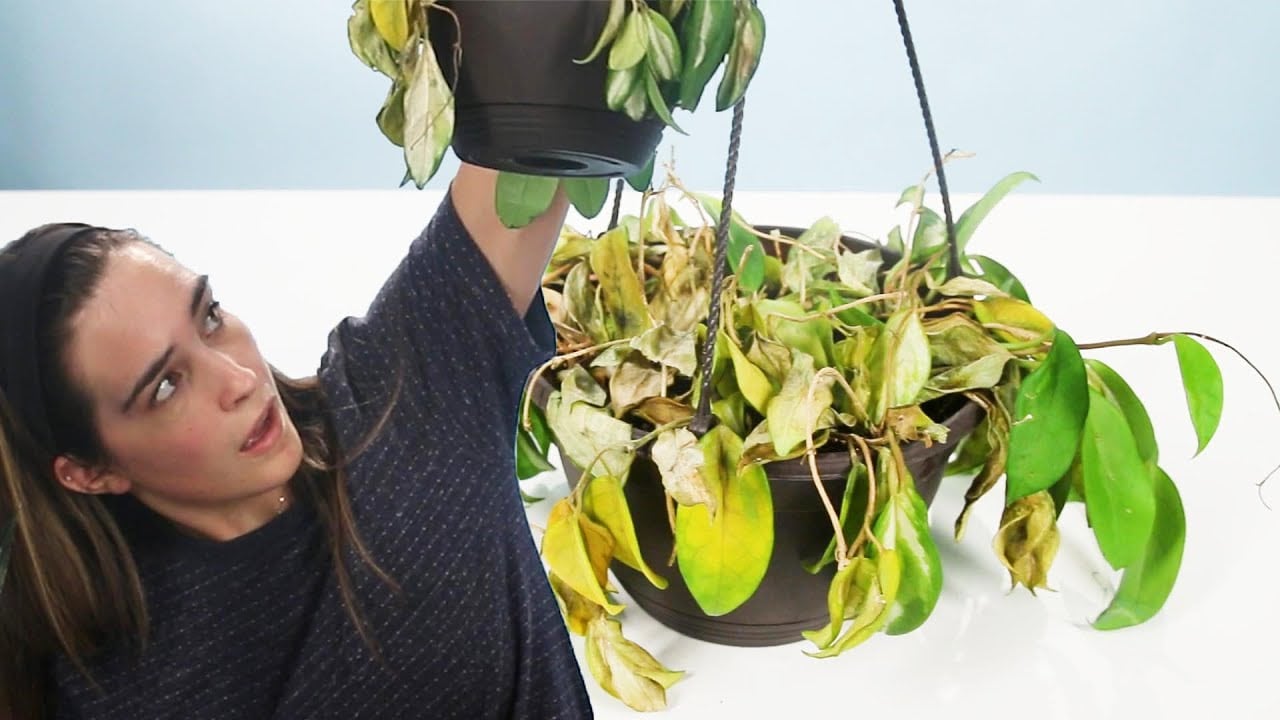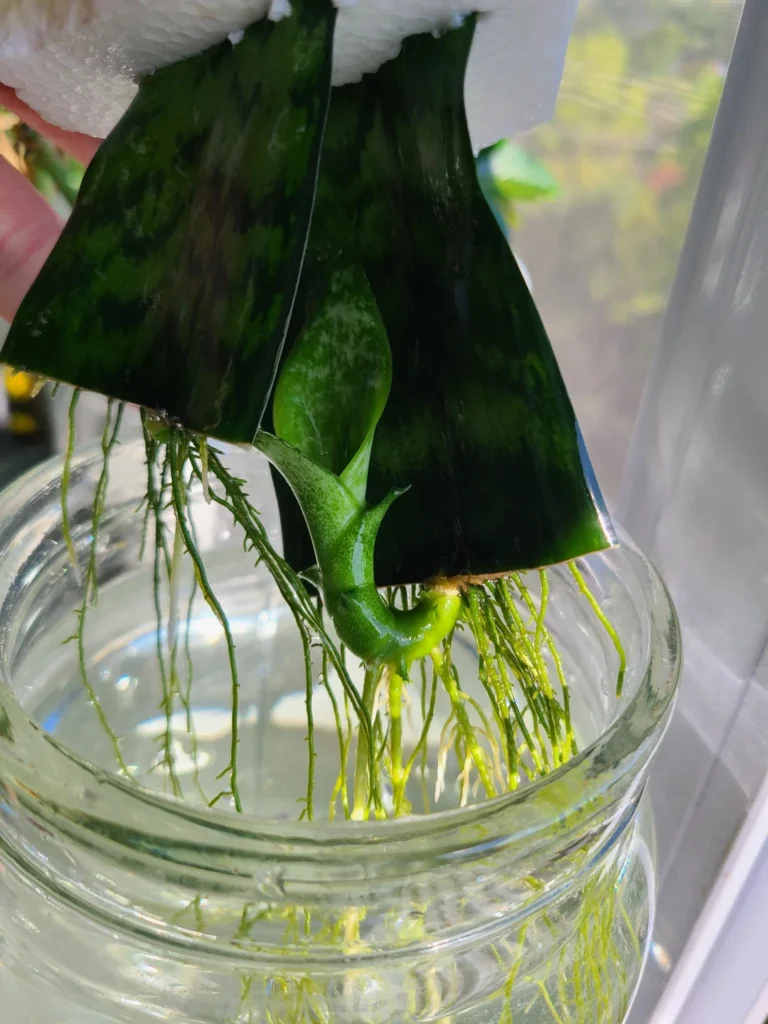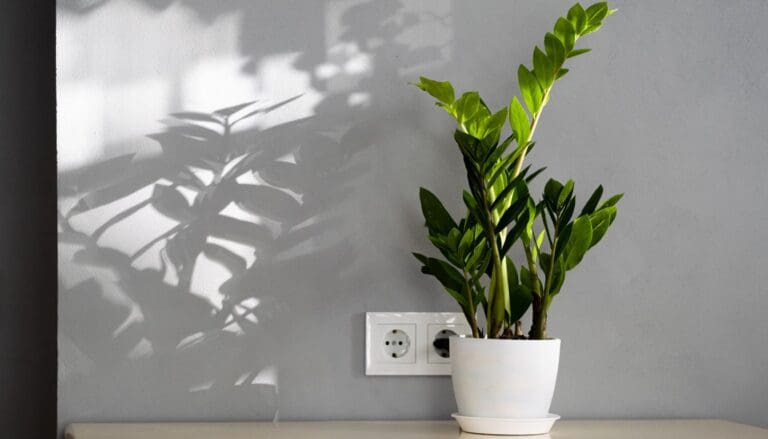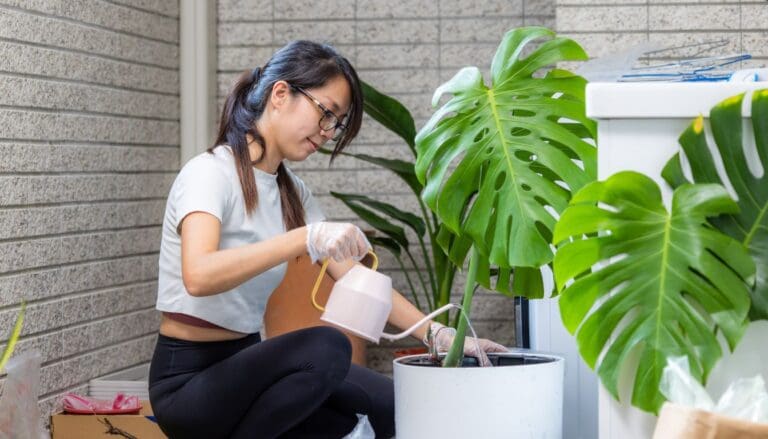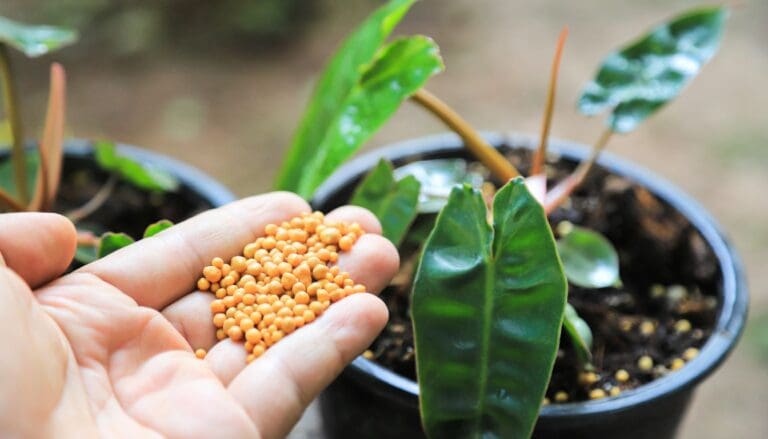Can Indoor Plants Get Too Much Light?
We know that light is essential for the growth of all indoor plants. But can indoor plants get too much light? Is too much light bad for them? I did some research, and here is what I have found out.
Indoor plants can get too much light if we place them near a window where they get bright sunlight. Bright direct sunlight can be too much for any indoor plant to handle, and as a result, they may start suffering. Some lowlight plants will suffer even more when placed under bright sunlight.
Now the first question that came to my mind is if the light is needed for photosynthesis, then how can it be bad for your plants? Also, what harms the plant more? Too intense light or exposure for a longer duration?
I know you have many doubts in your mind, so I have researched everything thoroughly and answered everything for you. Just keep following till the end, and we will cover all the doubts you have in your mind.

Please note: Simplify Plants is reader-supported. Some links in the post are affiliate links and I get a commission from purchases made through links in the post.
Understanding different aspects of lighting
You need to be aware of two main aspects of lighting. These are light intensity and light duration.
If we talk in layman’s terms, the light intensity is the quantity of light per unit area. It is usually measured in Lux or lumens. We can use a spectrometer or Lux meter to measure the light’s intensity.
Light duration is the duration of time for which an object is exposed to light. Generally, if we use natural lighting only, then light duration is not the problem for plants.
Most plants suffer due to intensely bright light. So, that’s what we need to be careful about.
Light intensity
The intensity of light is a crucial factor that can affect your plant’s health. When a plant is exposed to bright light, it also comes in contact with some heat.
The plant tries to dissipate the heat in various ways. One common practice seen among most indoor plants is using the water reserves in the leaves to get rid of excess heat.
However, this has a severe drawback for the plant. The water reserves in the leaves deplete much quickly, and as a result, the plant gets dehydrated.
The photosynthesis process also gets affected as the exchange of gases is not efficient as a plant needs water for transpiration.
Apart from that, the plant leaves can get droopy, the leaves will start turning yellow, some leaves may burn and turn brown, or you may see brown tips.
Too much heat can also turn the soil dry and flaky, leading to dehydration in the plant.
Light duration
Light duration is something that doesn’t hurt the plant unless we expose them to an artificial source of light 24×7.
Most indoor plants can be exposed to natural lighting for an indefinite period. As in most places, the natural lighting lasts for 10-12 hours; this shall not affect the plant’s growth.
However, plants also need to be in the dark or rest for at least a few hours daily. That is important because plant goes through a metabolic process during the night which is a significant contributor towards their growth.
There is some exception to this rule. According to a study conducted by Oregon state university, some plants like chrysanthemums, poinsettias, and Christmas cactus need at least 12 hours of darkness to bloom and their metabolism to perform at their optimum.
These are known as short-day plants, and this list includes most of the spring and fall flowering plants.
So, we can conclude that most indoor plants are not affected by the duration of light they are exposed to. However, exposure to artificial light for a longer duration can affect their growth as it slows down their metabolism process.
How to tell if plant is getting too much light?

It is a challenging task to judge the intensity of light each plant needs. Generally, plants are considered into three categories. These include Low light plant, medium light plants, and bright light plants.
However, it is merely impossible to tell the exact intensity of light unless we use some equipment for its measurement.
Whenever you place a plant into too much light, they will give you certain signs that they are suffering.
As we discussed earlier, plants placed in too much light will show certain leaf damage signs due to too much heat.
What’s important here is detecting these early signs and adjusting the light intensity by moving the plant or using a light filter like sheer curtains.
Now, with that out of the way, let’s have a look at signs that the plant is getting too much light:
- Yellowing of leaves
- Droopy leaves
- Brown tips
- Leaves burn due to excess heat
- Stunted leaf growth
- Brown spots on individual leaves
- Wilting of new leaves
Can too much light kill a plant?

Yes, too much light can obviously kill an indoor plant. When a plant receives too much light, it starts getting dehydrated. You can also see other signs like wilting of new growth and foliage damage.
If we do not move the plant to an appropriate spot, then it is likely to die. As the plant will not be able to photosynthesize due to lack of water, the internal functions will stop, and the plant will eventually wilt.
For example: If we keep low light plants like ferns, ZZ, etc., in a bright light spot like a southern window, then the direct bright light can burn the leaves of the plant.
We can still save the plant and help them recover by moving them to an appropriate spot. But if we fail to do so, then the plant is likely to wilt.
Thus, you must make sure you understand each plant’s light requirement and place them at an appropriate spot to prevent damage.
Can plants grow under 24 hours of light?
No, most indoor plants don’t do well when they are kept 24 hours under a light. Although light is crucial for photosynthesis in the plant, the plant also needs darkness to rest and metabolize.
If the plant is kept under light 24×7, they will likely experience stunted growth, and in some cases, they may also start wilting.
Thus, it is essential to provide your plants with certain hours of darkness to rest and metabolize.
How do you revive a plant that gets too much sun?
If your plant is scorched due to too much sun, we need to ensure certain steps to save them. But first, we need to see if it is possible to revive them or not.
That will depend upon the condition of the plant. If only a few leaves and stems of the plant are affected, then there is a high probability your plant will bounce back. However, if your whole plant is already wilting, then it might be challenging to bring them back.
With that in mind, here are a few steps you need to follow:

- Move the plant to a darker spot where the intensity of light is low.
- If you don’t have any other spot, use a filter to cut the light. E.g., Sheer curtain, canopy, etc.
- The next step is to trim the damaged foliage as you can’t revive it again. Trimming will also release growth hormone in the plant.
- Raise the humidity level around the plant by using a humidifier.
- Water the plant thoroughly and mist once or twice a day.
- Look out for signs of new growth.
In most cases, your plant will come back to life. However, if it doesn’t, then something else could be a problem as well.
Conclusion

Can your indoor plants get too much light? Yes, an indoor plant can get too much light.
In certain situations, too bright light can also kill your plant. It is not the duration of light that affects much but the intensity of light.
It would be best if you watched out for the plant’s light requirement and place the plant accordingly.
Even if you are wrong, it’s not the end of the world. In most cases, watching out the signs your plant gives and adjusting its living environment accordingly can save your plant.
I hope you find this article helpful and all your doubts are cleared.
Sources: University of Minnesota, David H. Trinklein, Horticulture State Specialist, The University of Georgia, The Royal Horticultural Society.
Recommended Garden Supplies
| Product Image | Our Recommended Gardening Supplies | Check Offers! |
|---|---|---|
Top Top
Top
Top
Top
Top
Top
Top
Top | rePotme Houseplant and Tropical Classic Potting Soil Mix | Check Offer On Amazon |
 Top
Top
Top
Top
Top
Top
Top
Top | Espoma Organic Indoor Plant Food | Check Offer On Amazon |
 Top
Top
Top
Top
Top
Top
Top
Top | GooingTop LED Grow Light 6000K Full Spectrum Clip Plant Growing Lamp | Check Offer On Amazon |
 Top
Top
Top
Top
Top
Top
Top
Top | Soil Moisture Meter | Check Offer On Amazon |
 Top
Top
Top
Top
Top
Top
Top
Top | Govee Hygrometer Thermometer, Bluetooth Enabled! | Check Offer On Amazon |
 Top
Top | LEVOIT Humidifiers for Large Room(Best For Plants) | Check Offer On Amazon |
 Top
Top
Top
Top
Top
Top
Top
Top | Upgraded DIY Automatic Drip Irrigation Kit, 15 Potted Houseplants Support | Check Offer On Amazon |
 Top
Top
Top
Top
Top
Top
Top
Top | Stainless Steel Heavy Duty Gardening Tool Set | Check Offer On Amazon |
 Top
Top
Top
Top
Top
Top
Top
Top | Bonide Insecticidal Soap | Check Offer On Amazon |
 Top
Top
Top
Top
Top
Top
Top
Top | Bonide 32 oz Spray Neem Oil for Organic Gardening | Check Offer On Amazon |
 Top
Top
Top
Top
Top
Top
Top
Top | Garden Safe Fungicide | Check Offer On Amazon |

